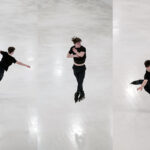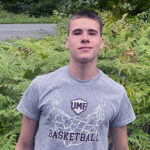Griffin’s return to the slopes and sea after kneecap dislocation
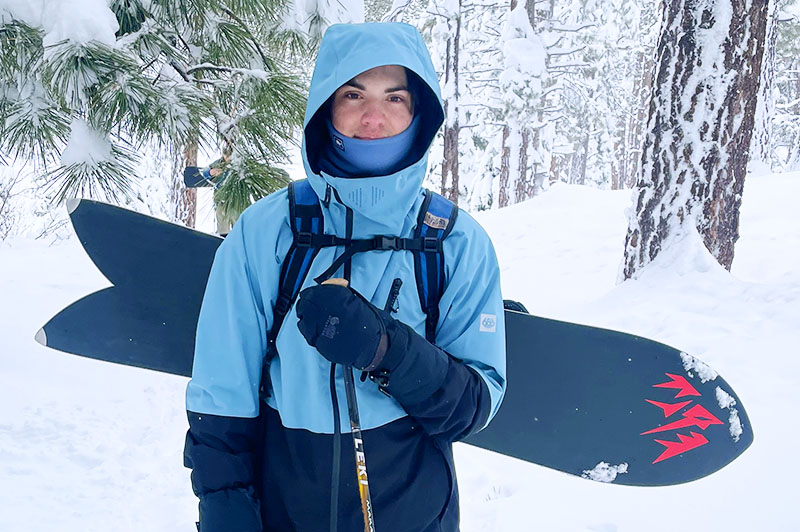
Whether cruising down a snowy trail or catching a wave, 18-year-old Griffin Srokose loves the adrenaline and freedom he feels when snowboarding and surfing.
He used to enjoy lacrosse as well, but after dislocating his left kneecap during a game at the age of 14, his kneecap continued to pop out of place. By the time he and his parents travelled to Boston Children’s, even standing up from the couch could cause his knee to dislocate.
“I had to completely quit lacrosse,” says Griffin. “It wasn’t worth it to keep injuring myself and not be able to do other things I wanted to do.”
One kneecap dislocation leads to another
The patella (kneecap) is a bone at the front of the knee that fits into a groove at the base of the femur (thighbone). When the kneecap dislocates, a condition known as patellar instability, the ligament that holds the kneecap in place can get torn or stretched. This ligament is called the medial patellofemoral ligament (MPFL).
In some cases, if there has been only one dislocation, the MPFL can heal on its own. Other times, or if the patella has dislocated more than once, the ligament doesn’t heal or remains stretched out. One knee dislocation, therefore, increases the possibility of future dislocations, and every additional dislocation further increases that risk.
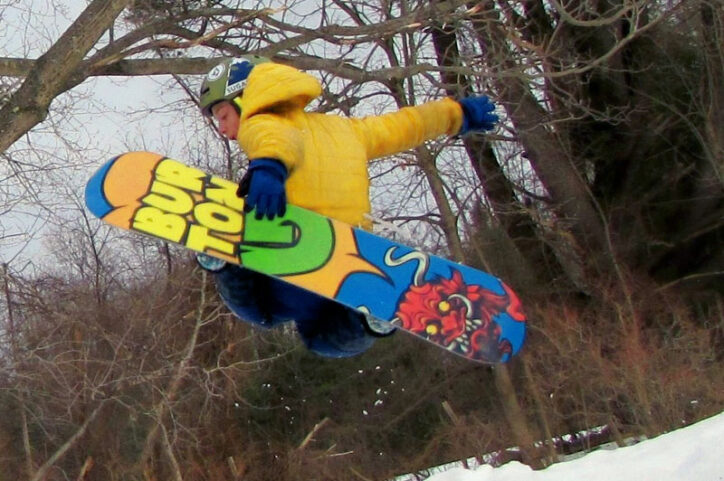
The road to Boston Children’s
When Griffin’s kneecap dislocated on the lacrosse field, a bit of bone chipped off into the joint. He underwent surgery to remove the bone chip at a hospital close to home in New Hampshire. While there, however, X-rays showed that the thighbones and shinbones in both of Griffin’s legs curved abnormally. The angle of his bones meant his knees would remain unstable. Chances were good, in other words, he’d need another operation.
When she heard this news, Griffin’s mother, Megan, made an appointment with Dr. Young-Jo Kim, director of the Child and Young Adult Hip Preservation Program at Boston Children’s Hospital. An ICU nurse in Boston Children’s Heart Center at the time, Megan was well acquainted with both the hospital and capabilities of its surgeons.
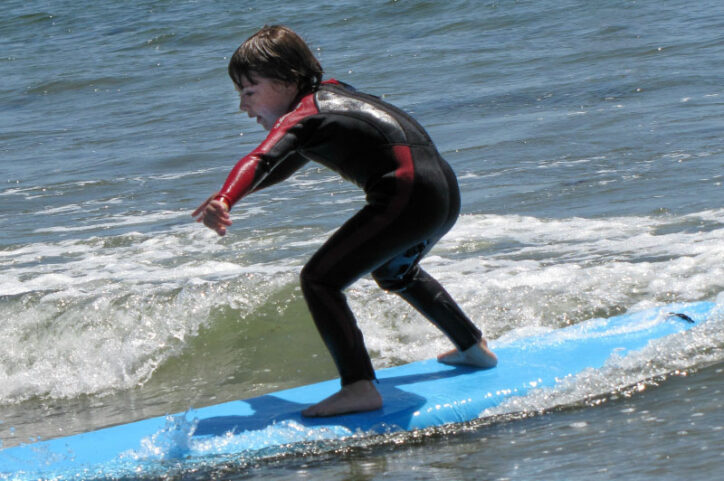
The most radical option for Griffin would have involved cutting the femur and rotating it so the kneecap would sit more centrally in its groove at the end of the bone. But in Griffin’s case, Dr. Kim did not recommend this procedure. “He told us it would be too big of a surgery given how functional Griffin was,” says Megan. Instead, Dr. Kim involved his colleague, Dr. Benton Heyworth, in Griffin’s care.
Dr. Heyworth recommended a far less invasive approach: an MPFL reconstruction and tibial tubercle osteotomy. The procedure would involve a much less significant surgery on the bones around Griffin’s knee and placement of a tendon graft to replace his damaged MPFL.
Stable left knee, stable right knee
Griffin had the surgery when he was 15. Within two months, his left knee already felt more stable than his right knee. After a year of recovery, the family scheduled him to have his right knee operated on in the summer of 2023. “But I was feeling so good, we cancelled it,” says Griffin.
Watching her perpetually active son doing backflips in the backyard, Megan didn’t feel right bringing him back for another operation. “We were optimistic, and our optimism failed,” she says.
That winter, Griffin’s right knee dislocated while he was snowboarding. After a ride down the mountain in a rescue sled, he was back at Boston Children’s. In February 2024, Dr. Heyworth performed the same stabilizing operation on his right knee.
“It was hard to go through another surgery and rehab process,” says Griffin. “But it was also rewarding. I could feel how much more stable my knees were.” By late June, he was surfing again.

Now with two stable knees, Griffin is in good shape to live out his dream of surfing and snowboarding for many years to come. Meanwhile, his experiences at Boston Children’s opened up a career pathway.
Even though both of his parents are nurses, he hadn’t seriously considered entering the field himself. That changed when he saw the orthopedic nursing team in action from a patient’s perspective. His first hospital experience got him curious, and he approached his second surgery as a learning opportunity, asking the nurses question after question about what they were doing and why.
After graduating from high school last spring, Griffin split his time between two summer jobs: operating room technician and surfing instructor. Now he’s on his way to nursing school. In the years to come, he’ll be the one answering patients’ questions, whether it’s about their care or how to pick the right wave.
Learn more about the Orthopedics and Sports Medicine Department.
Related Posts :
-

Jumping higher, spinning faster: Max’s figure skating story
Thousands of fans around the globe have watched it, but very few people can do it. The quadruple Salchow, also ...
-

My story of bouncing back from osteochondritis dissecans
Injuries suck — no better way of putting it. The physical pain is terrible on its own, but emotionally they can ...
-

Nerve block and a way out of pain after surgery
If she hadn’t dislocated her knee severely when she was 13, Paige Thornton probably wouldn’t have such strong feelings ...
-

Always an athlete: Drew and Legg-Calve-Perthes disease
When he looks back on the diagnosis that forced him to stop playing sports entirely for more than a year, 11...


